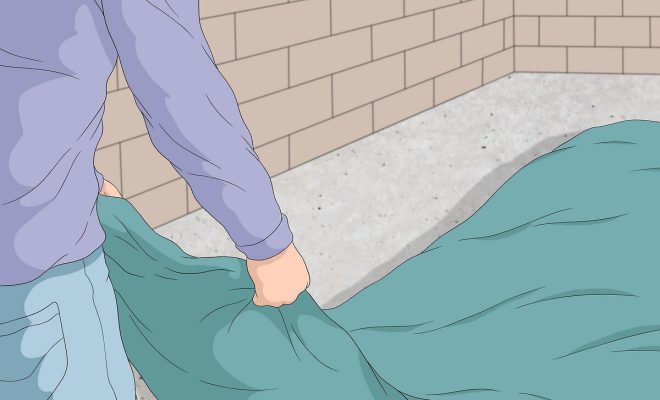How to Sandblast Cabinets: 14 Steps

If you’re looking to restore cabinets or remove layers of paint, dirt, or grime effectively, sandblasting is a popular and highly useful method. In this article, we’ll outline a 14-step process for sandblasting cabinets to help you achieve a clean and refreshed surface.
1. Gather your supplies: To begin, make sure you have all the necessary materials for the job – a sandblaster, an air compressor, protective gear (mask, gloves, goggles), sandblasting media, tarps or drop cloths, and painter’s tape.
2. Choose the appropriate blasting media: For cabinet sandblasting, glass beads or aluminum oxide are ideal choices due to their less aggressive nature.
3. Remove cabinet hardware: Carefully remove handles, hinges, and any other hardware from the cabinets to avoid damage during the sandblasting process.
4. Mask off areas not to be blasted: Cover those parts of the cabinet you don’t want to be damaged using painter’s tape or plastic sheets.
5. Set up a designated work area: Find an open and well-ventilated space for sandblasting and lay down tarps or drop cloths to protect surrounding objects from damage.
6. Connect your equipment: Attach the air compressor hose to your sandblaster and adjust the pressure settings as per the manufacturer’s guidelines.
7. Put on your protective gear: Ensure you wear a mask that covers your nose and mouth, protect your eyes with goggles, and don durable gloves before beginning the process.
8. Test your equipment: Start by testing your sandblaster on a small area of the cabinet or piece of scrap wood – this helps you get comfortable with its operation and understand how it affects surfaces at various distances and angles.
9. Begin sandblasting the cabinets: Aim the nozzle directly at the cabinet surface and maintain an even level of pressure as you move it. Use long side-to-side or up-and-down motions to evenly treat the entire surface.
10. Regularly check your progress: Pause occasionally to ensure that you are removing the desired amount of paint, grime, or finish and that you’re not causing any unintended damage.
11. Take breaks: Sandblasting can be a physically demanding task, so be sure to take breaks to avoid fatigue and maintain your focus.
12. Clean up: Once sandblasting is complete and you’re satisfied with the results, disconnect all equipment and begin cleaning up your workspace.
13. Inspect the cabinets: Carefully examine the newly-blasted surface for any remaining imperfections and repeat the process if necessary.
14. Reassemble your cabinets: After cleaning and letting your cabinets dry, it’s time to reattach all hardware and re-hang them in their desired locations.
By following this simple 14-step process, you can effectively sandblast your cabinets for a refreshed appearance. Whether prepping for a paint job or restoring old surfaces, sandblasting offers a thorough method of rejuvenating your cabinets with ease.

